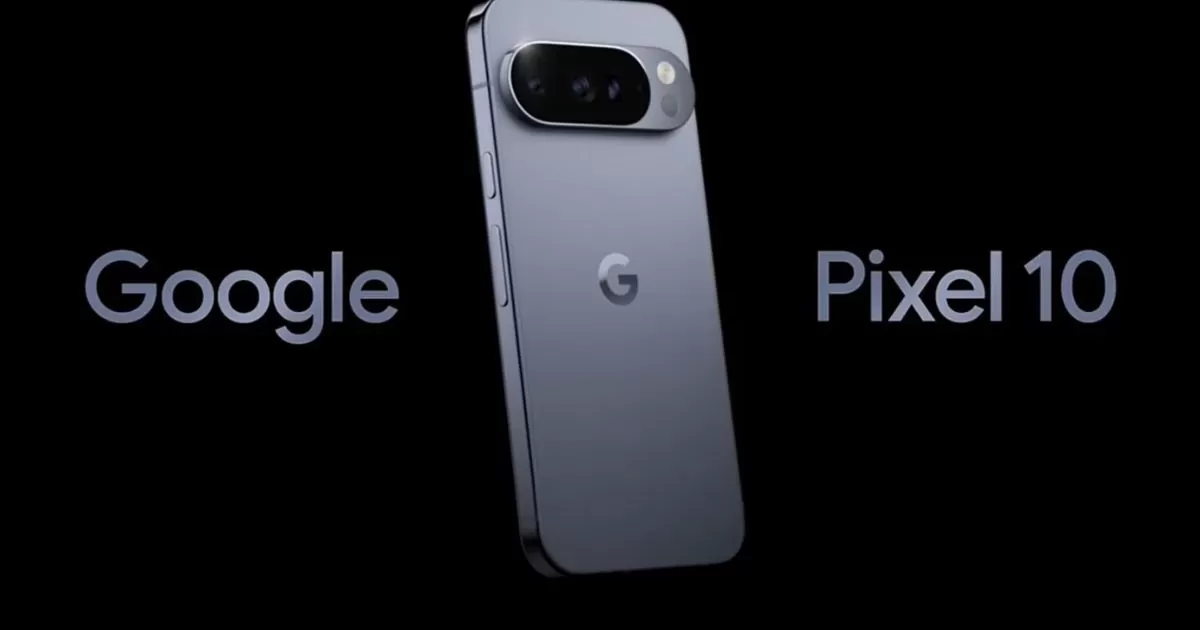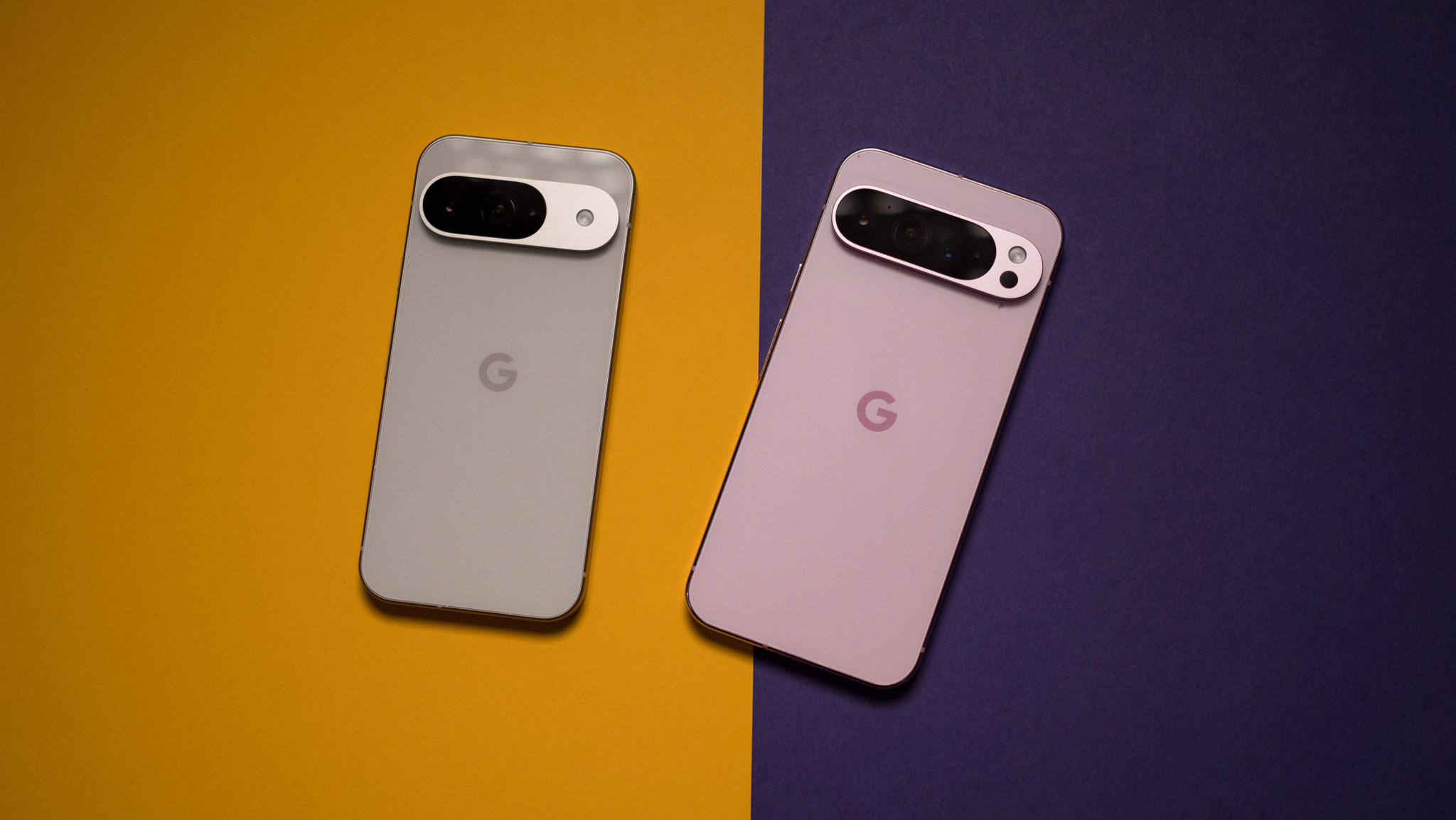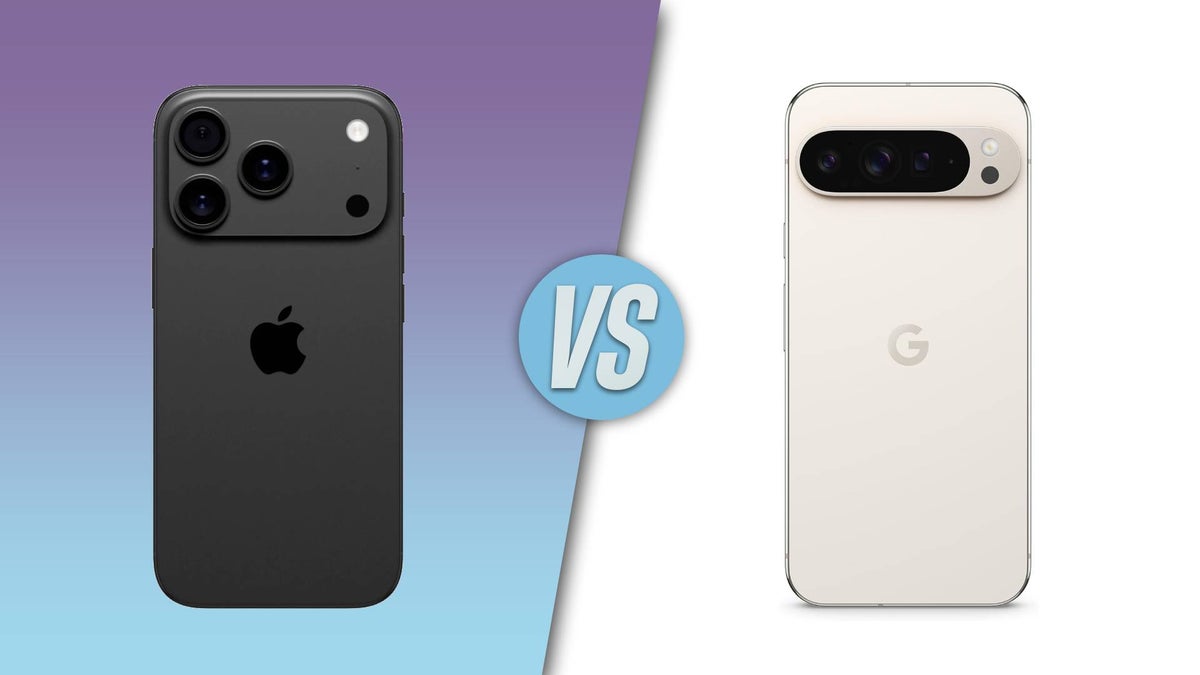
Google Pixel 10 Detailed Specs, Price, and Professional Review
Google Pixel 10 – A Deep Dive Into Google’s Next-Gen Flagship
The smartphone race has always been fierce, with Apple and Samsung dominating for years. Yet, Google has consistently carved out its own loyal following with the Pixel series, known for its pure Android experience, exceptional cameras, and seamless AI-driven features. With the launch of the Google Pixel 10, the company has taken yet another bold step forward, blending cutting-edge hardware with refined software to deliver a premium device for 2025.
Unlike its predecessors, the Pixel 10 doesn’t just build on what came before—it redefines expectations by focusing heavily on performance, photography, and long-term usability. Let’s break down everything you need to know about this device.![]()
Design and Build
The Pixel 10 continues Google’s minimalist design philosophy but adds a more polished finish. The phone features a titanium frame, making it stronger and more resistant to wear. Its curved glass back is finished with a matte texture, reducing fingerprints while offering a comfortable grip. The signature horizontal camera bar remains but is now slimmer, blending more seamlessly with the rear body. Available colors include Obsidian Black, Pearl White, Sky Blue, and a new Forest Green edition, appealing to both professional and casual users.
Display
The Pixel 10 sports a 6.7-inch LTPO OLED panel with Quad HD+ resolution (3200 x 1440). It supports 1–144Hz adaptive refresh rate, ensuring smooth scrolling, gaming, and efficient battery usage. HDR10+ and peak brightness of 2,600 nits make it one of the most vibrant and clear displays on the market, easily competing with Samsung’s Galaxy Ultra series.
Performance
Under the hood, Google has introduced the Tensor G5 chipset, built on a 3nm architecture in partnership with TSMC. This custom silicon is tuned not only for raw performance but also for AI optimization, enabling faster voice recognition, improved real-time translation, and advanced image processing. The Pixel 10 is paired with 12GB or 16GB of LPDDR5X RAM and storage options up to 1TB (UFS 4.0), ensuring speed and reliability for both professionals and everyday users.
Camera System
If there’s one area where Google has always excelled, it’s photography. The Pixel 10 pushes this even further with a triple-lens setup: a 50MP primary wide sensor (f/1.6, OIS), a 48MP telephoto with 6x optical zoom, and a 48MP ultra-wide with 126° FoV. On the front, a 16MP under-display camera delivers clearer selfies while keeping the display uninterrupted. Google has also enhanced its AI-driven computational photography, introducing features such as Dynamic Night Vision for ultra-clear low-light shots, ProRAW+ mode for professional photographers, Cinematic Video Stabilization for handheld videography, and AI Portrait Relight, which can adjust lighting after the photo is taken.
Battery and Charging
The Pixel 10 packs a 5,200mAh battery with 65W wired charging and 30W wireless charging. Google also introduces AI Smart Charging 2.0, which adapts to your daily usage patterns, extending long-term battery health. A new feature, Reverse Wireless Charging 2.0, allows faster power sharing with other devices.
Software Experience
As expected, the Pixel 10 ships with Android 16, optimized with exclusive Pixel features. Google guarantees 8 years of OS updates and 10 years of security patches, outpacing most Android rivals. Some standout software enhancements include AI-powered call screening 3.0 for smarter spam and scam call detection, Live Translate Pro with instant translation in over 80 languages, Generative Wallpapers that create unique AI-based backgrounds, and Smart Recorder with Summarization that transcribes and summarizes meetings on-device.
Connectivity
The Pixel 10 supports 5G mmWave + Sub-6, Wi-Fi 7, Bluetooth 5.4, and satellite connectivity for emergency messaging. The inclusion of UWB (Ultra-Wideband) makes it compatible with smart home devices and digital car keys.
Google Pixel 10 – Full Specifications
| Feature | Details |
|---|---|
| Display | 6.7" LTPO OLED, QHD+, 1–144Hz, HDR10+, 2600 nits |
| Processor | Google Tensor G5 (3nm) |
| RAM | 12GB / 16GB LPDDR5X |
| Storage | 256GB / 512GB / 1TB UFS 4.0 |
| Rear Cameras | 50MP wide + 48MP telephoto (6x zoom) + 48MP ultra-wide |
| Front Camera | 16MP under-display |
| Battery | 5,200mAh, 65W wired, 30W wireless |
| OS | Android 16 |
| Connectivity | 5G, Wi-Fi 7, Bluetooth 5.4, UWB, Satellite |
| Build | Titanium frame, Gorilla Glass Victus 3 |
| Colors | Obsidian Black, Pearl White, Sky Blue, Forest Green |
Google Pixel 10 vs iPhone 17

| Feature | Google Pixel 10 | iPhone 17 |
|---|---|---|
| Display | 6.7" LTPO OLED, 144Hz, 2600 nits | 6.6" Super Retina XDR OLED, 120Hz, 2500 nits |
| Processor | Tensor G5 (3nm) | A19 Pro (2nm) |
| RAM | 12GB / 16GB | 8GB / 12GB |
| Storage | Up to 1TB | Up to 2TB |
| Rear Cameras | 50MP + 48MP + 48MP | 48MP + 48MP (dual setup) |
| Front Camera | 16MP under-display | 16MP Dynamic Island |
| Battery | 5,200mAh, 65W | ~4,500mAh, 45W |
| OS | Android 16 | iOS 26 |
| Updates | 8 years OS, 10 years security | 7 years OS |
| Special Features | AI Call Screening, Live Translate, ProRAW+, Satellite SOS | Apple Vision Pro integration, Dynamic Island 2.0, Satellite SOS |
Final Thoughts
The Google Pixel 10 is not just another Android flagship—it’s a showcase of how Google envisions the future of smartphones. With its AI-driven performance, industry-leading cameras, long software support, and futuristic design, it makes a compelling case against the iPhone 17 and Samsung’s Galaxy S25 Ultra. For users who value clean Android, powerful photography, and intelligent AI tools, the Pixel 10 might just be the most complete smartphone of 2025.
Comments (0)
No comments yet. Be the first to comment!
Leave a Comment